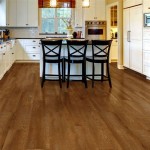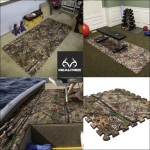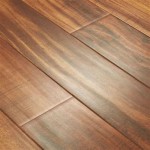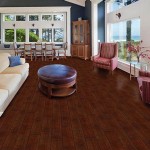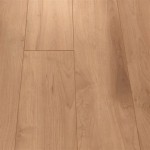Essential Aspects of Brick Flooring Cost
Brick flooring, renowned for its timeless beauty and durability, has become an increasingly popular choice for homes and commercial spaces alike. However, understanding the cost factors involved is crucial before embarking on a brick flooring project.
The cost of brick flooring encompasses several key variables:
- The type of brick used (e.g., red clay, paver, or reclaimed)
- The size and shape of the bricks
- The complexity of the installation pattern
- The cost of labor and materials
Types and Sizes
The type of brick selected significantly impacts the cost. Red clay bricks, commonly used in traditional construction, are typically the most affordable option. Paver bricks, designed for outdoor applications, are more expensive but offer enhanced durability. Reclaimed bricks, salvaged from old buildings, add a unique character but come at a premium.
Brick sizes also influence the cost. Smaller bricks require more labor to install, increasing the overall price. Larger bricks, while easier to lay, may be more expensive to purchase.
Installation Patterns and Labor
The installation pattern can further affect the cost. Simple patterns, such as herringbone or running bond, are less expensive to install than complex designs like circles or diagonals. The complexity of the pattern determines the amount of labor required, which can add to the overall cost.
Labor costs vary depending on the region, availability of skilled contractors, and the size of the project. Hiring experienced professionals ensures a high-quality installation but may come at a higher price.
Materials and Maintenance
The cost of materials includes not only the bricks but also the mortar, grout, and any sealants required. Additionally, ongoing maintenance costs, such as cleaning and occasional repairs, should be considered.
Brick flooring, with proper care and maintenance, can last for decades. Regular cleaning with a pH-neutral cleaner and periodic resealing can help preserve the beauty and longevity of the floor.
In conclusion, the cost of brick flooring is influenced by a multitude of factors, including the type of brick, size, installation pattern, labor, materials, and maintenance. By carefully considering these aspects, homeowners and business owners can make informed decisions and budget appropriately for their brick flooring projects.

Authentic Brick Floor Tiles Experienced And Stone

Authentic Brick Floor Tiles Experienced And Stone

Brick Flooring Timeless Beauty In The Home Town Country Living

Things To Know Before Installing Brick Floors

Brick Flooring Advantages And Disadvantages Happho

Herringbone Brick Paver Floor Wildfire Interiors

Things To Know Before Installing Brick Floors

Herringbone Brick Paver Floor Wildfire Interiors

Follow The Yellow Brick Home Beautiful And Timeless Floors A Kitchen Makeover Sneak K

Brick Flooring Advantages And Disadvantages Happho
Related Posts

